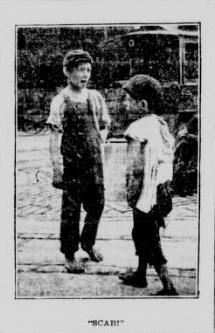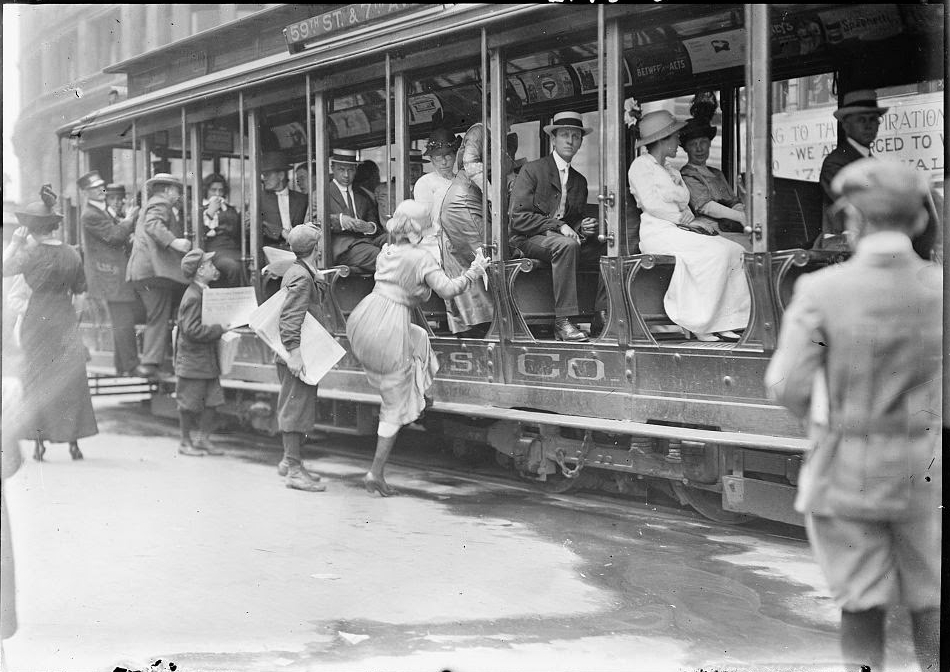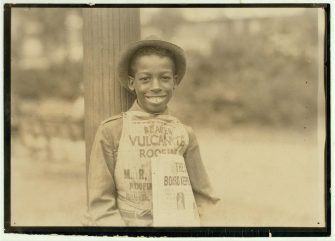
Newsboy teasing a scab, City Hall Park, 2013
"Make way for the hurt kid.... And bring me their wallet."
-Kid Blink (one of the leaders)
“It is a terrific historical example of how kids can wield power and impact society, politics, culture etc. Kids are citizens too, and have an innate sense of what constitutes in justice.”
-Alice Stevenson (NY Historical Society worker)

